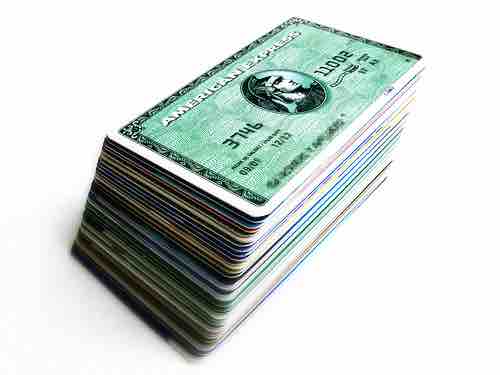Operation Section:

Expenses
Operational expenses and non-operational expenses are the main cash outflow of a business.
Selling, General, and Administrative expenses (SG&A or SGA)
Selling, General, and Administrative expenses (SG&A or SGA) consist of the combined payroll costs. SGA is usually understood as a major portion of non-production related costs, in contrast to production costs such as direct labor.
- Selling expenses - represent expenses needed to sell products (e.g. salaries of sales people, commissions and travel expenses, advertising, freight, shipping, depreciation of sales store buildings and equipment, rent, and all expenses and taxes directly related to producing and selling product, etc. )
- General expenses- general operating expenses and taxes that are directly related to the general operation of the company, but don't relate to the other two categories.
- Administrative expenses - executive salaries, general support, and all associated taxes related to the overall administration of the company.
Depreciation
1. The decrease in value of assets (fair value depreciation).
2. The allocation of the cost of assets to periods in which the assets are used (depreciation with the matching principle).
The former affects values of businesses and entities. The latter affects net income. Generally, the cost is allocated, as depreciation expense, among the periods in which the asset is expected to be used. Such expense is recognized by businesses for financial reporting and tax purposes. Methods of computing depreciation may vary by asset for the same business. Methods and lives may be specified in accounting and/or tax rules in a country. Several standard methods of computing depreciation expense may be used, including fixed percentage, straight line, and declining balance methods. Depreciation expense generally begins when the asset is placed in service.
Amortization
Amortization (or amortisation) is the process of decreasing or accounting for an amount over a period. When used in the context of a home purchase, amortization is the process by which loan principal decreases over the life of a loan. With each mortgage payment that is made, a portion of the payment is applied towards reducing the principal, and another portion of the payment is applied towards paying the interest on the loan. An amortization table shows this ratio of principal and interest and demonstrates how a loan's principal amount decreases over time. Amortization is generally known as depreciation of intangible assets of a firm.
Research & Development (R&D) Expenses
The term R&D or research and development refers to a specific group of activities within a business. The activities that are classified as R&D differ from company to company, but there are two primary models. In one model, the primary function of an R&D group is to develop new products. In the other model, the primary function of an R&D group is to discover and create new knowledge about scientific and technological topics for the purpose of uncovering and enabling development of valuable new products, processes, and services.
Non-operating section
- Other expenses or losses - expenses or losses not related to primary business operations, (e.g. foreign exchange loss).
- Finance costs - costs of borrowing from various creditors (e.g. interest expenses, bank charges).
- Income tax expense - sum of the amount of tax payable to tax authorities in the current reporting period (current tax liabilities/ tax payable) and the amount of deferred tax liabilities (or assets).
- Discontinued operations are the most common type of irregular items. Shifting business location(s), stopping production temporarily, or changes due to technological improvement do not qualify as discontinued operations. Discontinued operations must be shown separately.
- Extraordinary items are both unusual (abnormal) and infrequent, for example, unexpected natural disaster, expropriation, prohibitions under new regulations.